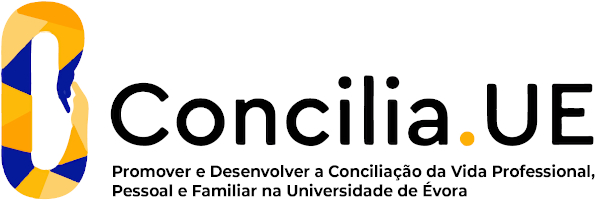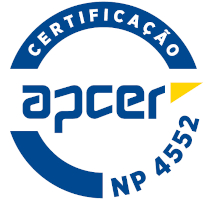2025
Spanish II
Name: Spanish II
Code: LLT13841L
3 ECTS
Duration: 15 weeks/78 hours
Scientific Area:
Linguistics
Teaching languages: Portuguese, Spanish
Languages of tutoring support: Portuguese, Spanish
Regime de Frequência: Presencial
Presentation
Spanish II unit allows you to acquire basic language skills in the context of tourism services.
Sustainable Development Goals
Learning Goals
CEFR Level: A2)
A. Objectives:
• understand sentences and frequently used expressions related to areas of most immediate relevance; communicate in simple and routine tasks requiring a simple and direct exchange of information on familiar and routine matters.
I.Competences:
A.Oral production: can give a simple description or presentation of people, living or working conditions, daily routines, likes/dislikes, etc,
B.Written production: can write a series of simple phrases and sentences.
C.Listening comprehension: can understand phrases and expressions related to areas of most immediate priority.
Reading comprehension: can understand short, simple texts on familiar matters of a concrete type which consist of high frequency everyday or job-related language.
A. Objectives:
• understand sentences and frequently used expressions related to areas of most immediate relevance; communicate in simple and routine tasks requiring a simple and direct exchange of information on familiar and routine matters.
I.Competences:
A.Oral production: can give a simple description or presentation of people, living or working conditions, daily routines, likes/dislikes, etc,
B.Written production: can write a series of simple phrases and sentences.
C.Listening comprehension: can understand phrases and expressions related to areas of most immediate priority.
Reading comprehension: can understand short, simple texts on familiar matters of a concrete type which consist of high frequency everyday or job-related language.
Contents
- Practical general revision of the contents learnt in the previous semester.
- The pretérito indefinido: ways, uses and irregularities.
- Time connectors.
- The pretérito perfecto: ways, uses and irregularities.
- Complemento directo and indirecto pronouns.
- Contrast between pretérito indefinido and pretérito perfecto.
- Contractions.
- Accentuation.
- General rules accentuation.
- Particular rules accentuation: monosyllables.
- Diphthongs, tripthongs and hiatus accentuation.
- The condicional simple: ways, uses and irregularities.
- The pretérito pluscuamperfecto: ways, uses and irregularities.
- The futuro perfecto: ways, uses and irregularities.
- The contrast between the futuro perfecto, the futuro imperfecto and the condicional simple.
- The pretérito indefinido: ways, uses and irregularities.
- Time connectors.
- The pretérito perfecto: ways, uses and irregularities.
- Complemento directo and indirecto pronouns.
- Contrast between pretérito indefinido and pretérito perfecto.
- Contractions.
- Accentuation.
- General rules accentuation.
- Particular rules accentuation: monosyllables.
- Diphthongs, tripthongs and hiatus accentuation.
- The condicional simple: ways, uses and irregularities.
- The pretérito pluscuamperfecto: ways, uses and irregularities.
- The futuro perfecto: ways, uses and irregularities.
- The contrast between the futuro perfecto, the futuro imperfecto and the condicional simple.
Teaching Methods
(1) direct exposure to authentic use of language (through videos, written texts newspapers, magazines, etc. Internet, CD-ROM, among others);
(2) direct participation in communicative interaction;
(3) presentations, explanations, exercises/exploitation activities;
(4) translation (native language/foreign language/native language)
(5) individual, pair and group working;
(6) contribution to formal and informal discussions;
(7) guided study;
(8) autodidactically, by self-study.
Students may choose between two modes of assessment: (1) continuous or (2) exam.
(1) Continuous assessment: a. Written quiz (35%); b. Oral quiz (25%); c. Assignments, throughout the semester, in and at home (40%);
(2) Exam: a. Written exam (60%); b. Oral exam (40%).
(2) direct participation in communicative interaction;
(3) presentations, explanations, exercises/exploitation activities;
(4) translation (native language/foreign language/native language)
(5) individual, pair and group working;
(6) contribution to formal and informal discussions;
(7) guided study;
(8) autodidactically, by self-study.
Students may choose between two modes of assessment: (1) continuous or (2) exam.
(1) Continuous assessment: a. Written quiz (35%); b. Oral quiz (25%); c. Assignments, throughout the semester, in and at home (40%);
(2) Exam: a. Written exam (60%); b. Oral exam (40%).
Teaching Staff
- Alberto José Iglesias Martín
- Susana Gil Llinas [responsible]





















